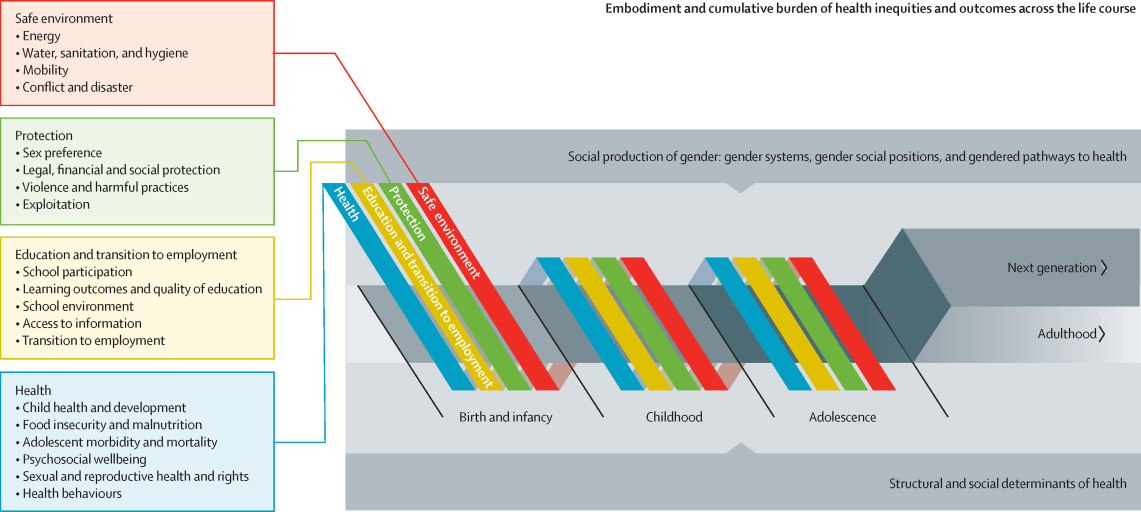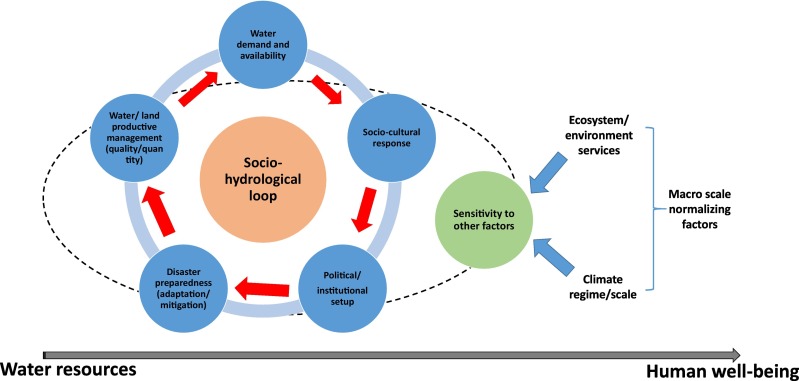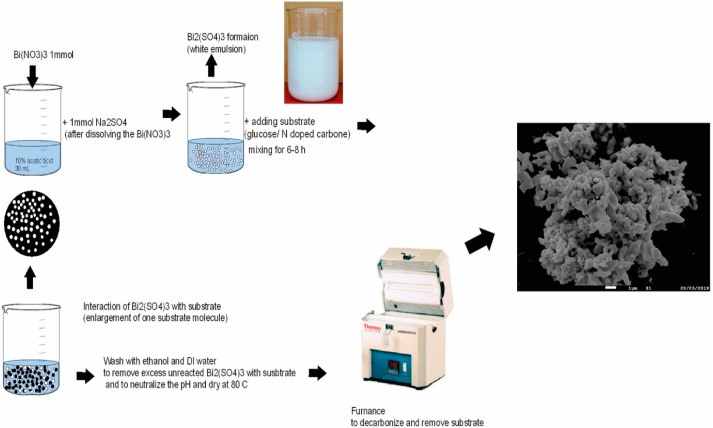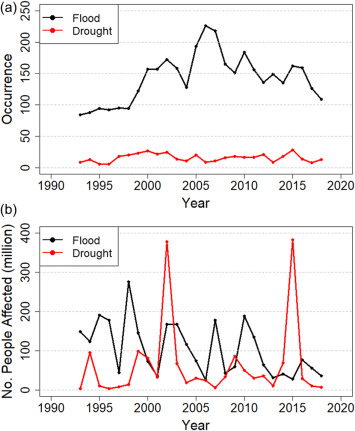Food Packaging and Shelf Life, Volume 26, December 2020
The recent sharp increase of sensitivity towards environmental issues arising from plastic packaging has boosted interest towards alternative sustainable packaging materials. This new trend promotes the industrial exploitation of knowledge on chitosan-based films. Chitosan has been extensively investigated and used due to its unique biological and functional properties. However, inherent drawbacks including low mechanical properties and high sensitivity to humidity represent major limitations to its industrial applications, including food packaging.
One Earth, Volume 3, 18 December 2020
Restoration thinking provides a new paradigm for charting a bold future that prevents further loss of biodiversity and habitat destruction, avoids catastrophic climate change, and promotes the well-being and safety of all people. Ten paths guide actions to restore and care for Earth and all its living creatures.
Progress in Disaster Science, Volume 8, December 2020
Materials Today Sustainability, Volume 10, December 2020
Progress in Disaster Science, Volume 8, December 2020
Biomarkers in Neuropsychiatry, Volume 3, December 2020




